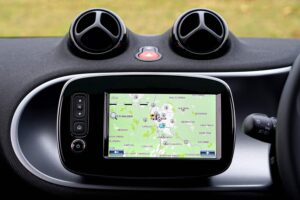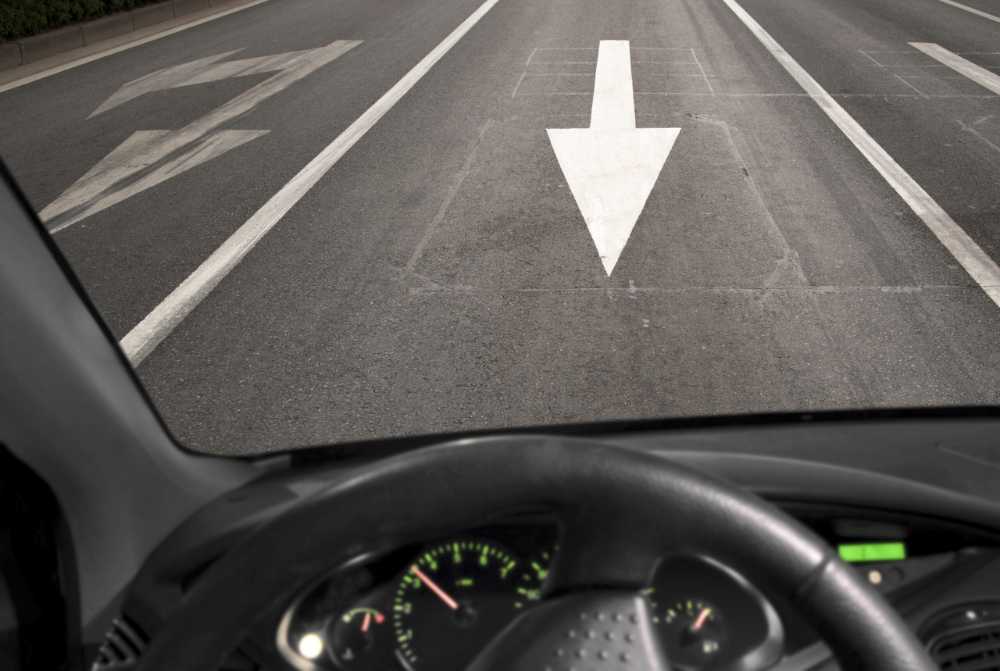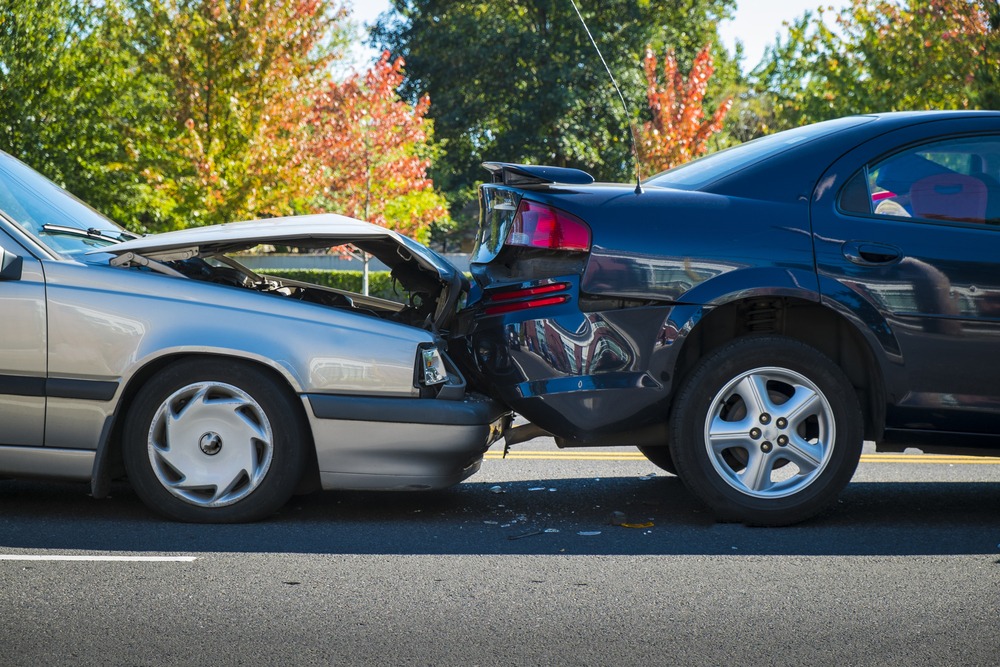
Google is investing a lot of time and money in auto-digital technologies, working toward making cars of the future a current-day reality. It has co-founded the Open Automotive Alliance (OAA), an industry group that includes car manufacturers working to integrate computer technologies (specifically Android) into automotive systems.
Car-Based Software and the Open Automotive Alliance
By the end of the year, consumers will begin seeing more cars on the market that incorporate sophisticated computer technologies.
Several car manufacturers have already signed on, including:
- Audi;
- General Motors;
- Honda; and
- Hyundai.
The OAA has not released specifics on exactly what type of technologies we will see. All they have said so far is that they are working to “enable better integration between cars and Android devices in order to create a safer, car optimized experience.”
We might expect features such as:
- speed control;
- computer-anticipated crash prevention;
- gesture-based automotive controls; and
- adaptations according to drivers’ steering maneuvers.
The OAA explains: “We’re also developing new Android platform features that will enable the car itself to become a connected Android device.” In other words, we will be driving around in big computers.
Find a Personal Injury Lawyer, Near Me
(855) 529-0269Pros of Auto-Technologies
There are several benefits these new technologies may offer. One demographic they might serve well is teenage drivers who have a tendency toward speeding, driving recklessly, and poor maneuvering because of inexperience behind the wheel.
If integrated successfully, these new technologies may:
- help drivers keep their eyes on the road instead of their phones;
- anticipate and prevent possible accidents; and
- prevent dangerous driving habits that might cause a crash.
Again, though, the OAA provides very little insight into what benefits drivers may obtain from new auto-digital technologies. Their explanations allude to hands-free options.
In response to the question, “Why is this beneficial to drivers?” on its FAQ page, the OAA provides the following answer: “Drivers are already trying to access mobile services while they’re on the road, but in ways that aren’t always seamless or safe. By working with automakers to deliver these experiences in ways that make sense for the automobile, drivers can get what they’re looking for without disrupting their focus on the road.”
Possible Downsides for Drivers
Cool car technologies and integration of computer-driven safety features sounds great at first, but there are some potential downsides. Computers tend to malfunction and new software programs often have bugs. If these technologies malfunction while a driver is on the road, it could prove extremely dangerous.
Because these new features may increase the risk of car crashes, insurance companies may begin to increase the premiums for drivers with these new technologically advanced vehicles. Insurance companies will somehow have to account for the potential hazards associated with these new features, and it just might wind up coming from consumers’ pocketbooks.
Call Chalik & Chalik for Answers to Legal Questions
Consumers should see both Android- and Apple-driven technological advancements to cars in the very near future. Time will tell how this will impact our roads and the way we drive in general.
For any legal questions regarding car accidents, feel free to call our personal injury lawyers at Chalik & Chalik. Contact us at 855-529-0269 for a free legal consultation.
Call or text Chalik & Chalik
(855) 529-0269









